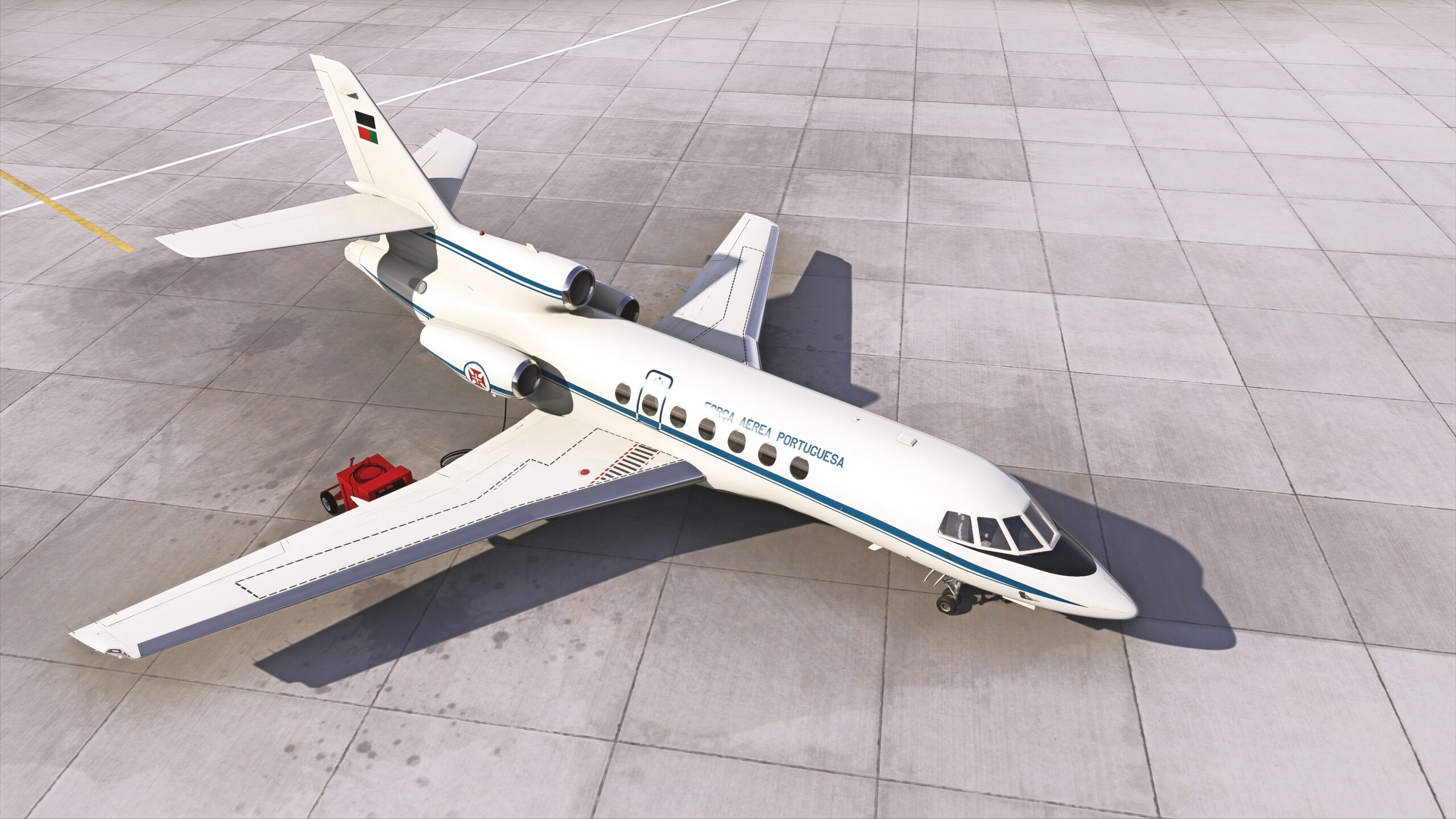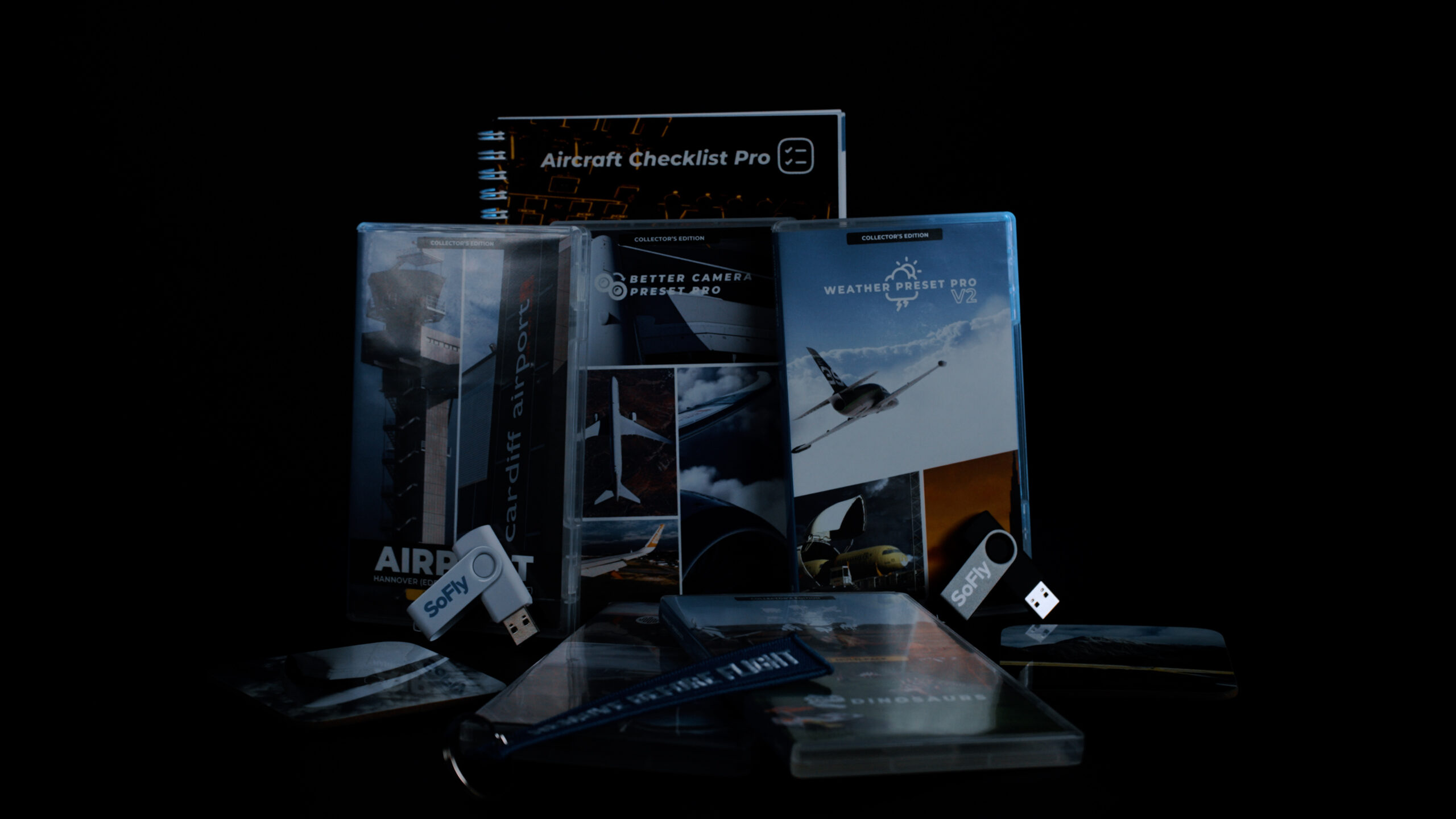The developer Fenix Simulations has released a new update for their Airbus A320 Line-Up for Microsoft Flight Simulator. The most notable change is that the A321 changed its CFM 56 engine variant. Moreover, there are also improvements to the avionics and the EFB.
A321 Received New CFM 56 Engines
The Airbus A321 has a different, more powerful variant of the CFM 56 compared to the A319 and A320. The CFM 56-5B3 is now available on the A321 instead of -5B2. This variant is approximately 10kN more powerful.
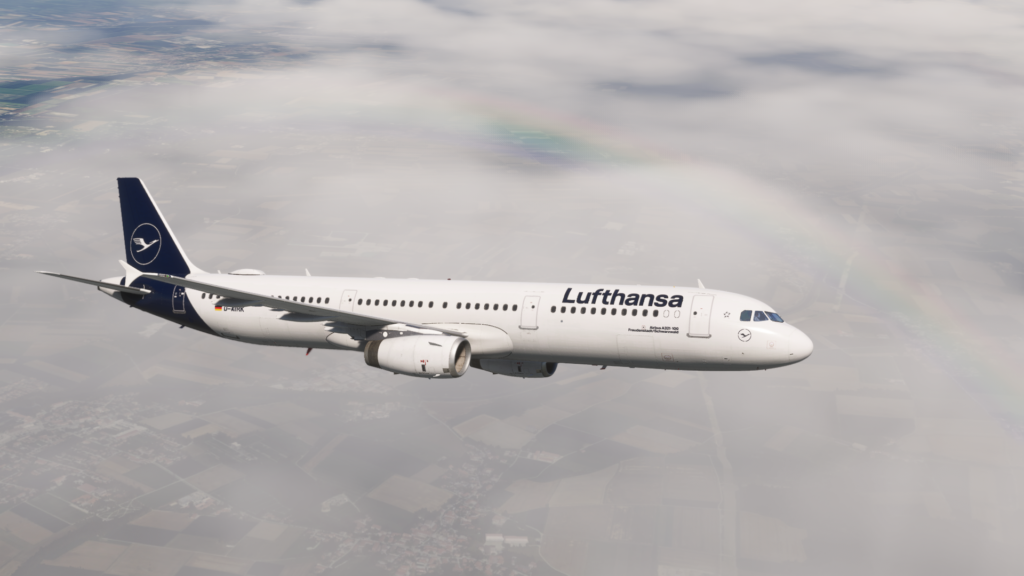
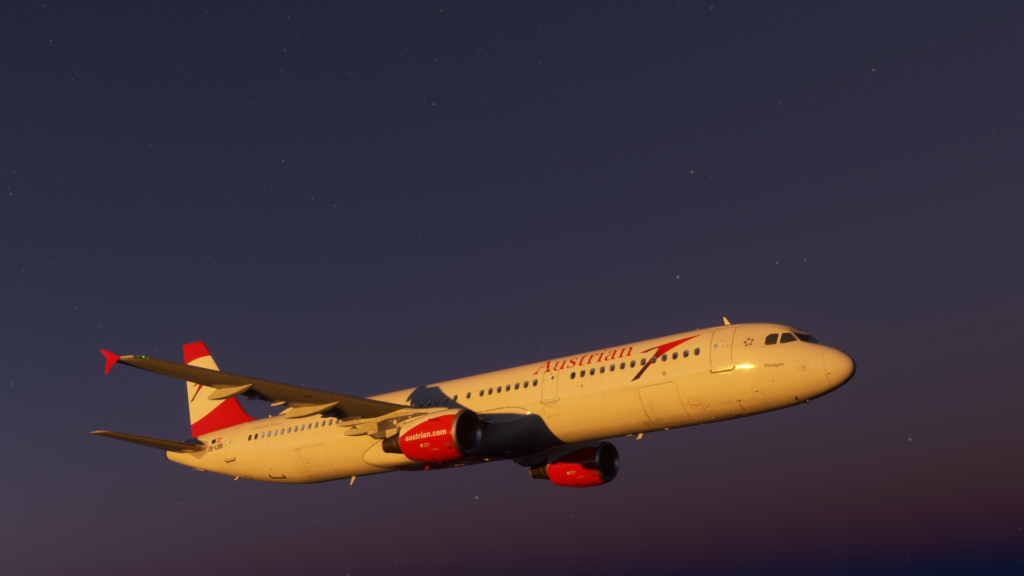
In addition to that, the A321 received a fix for the autorotation issues in this update. In general, the flight dynamics of this variant were improved.
General Improvements
The developer made some minor fixes to the aircraft, including the SimBrief uplink, which will now change the aircraft registration to the one that is actually used, instead of the one which was dispatched in the flight planner. There is a new lvar for jet pumps, and the THR RED/ACC values in the MCDU are now rounded correctly. Bad DCDU formatting with some characters should no longer happen either.
Many improvements were made to the EFB as well. This includes the persistence of chart zoom levels and positions. This means that the map is not going to get reset upon switching to another application in the EFB.
The mentioned new engine variant, the CFM 56-5B3 is now included in the EFB as well, and has its own accurate performance data.
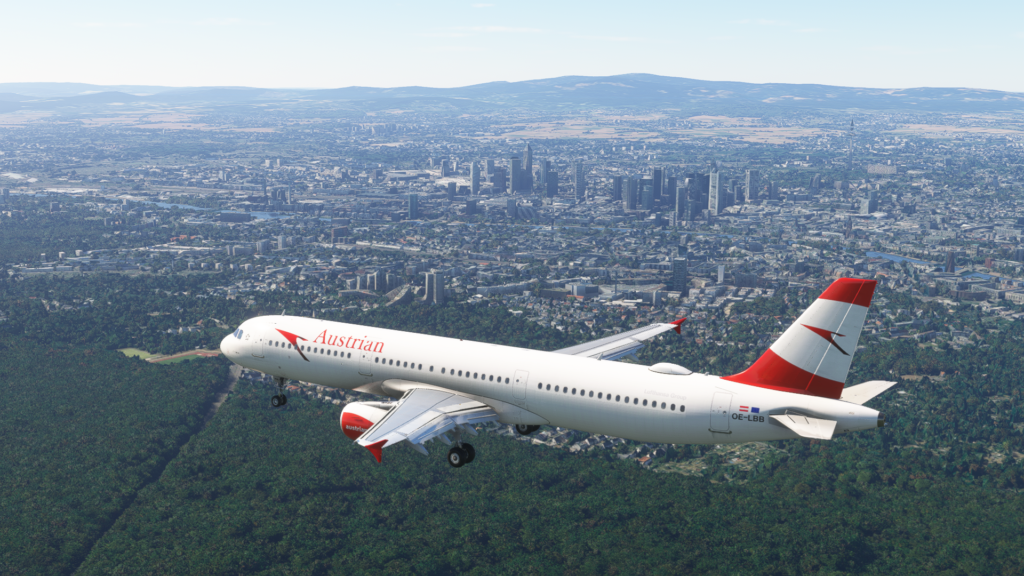
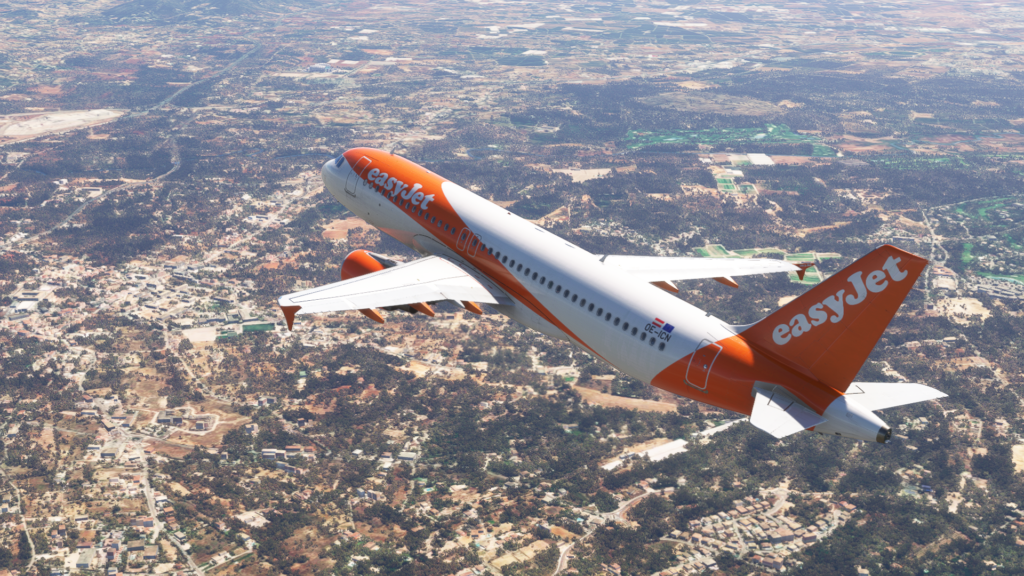
You can also switch between operable CDUs, including the web MCDU. If MZFW and MTOW ever exceed limits, the values will be highlighted. The differences between green-dot-speed and EFB-reported speed were fixed as well. Furthermore, regions with high magnetic variation will get more accurate wind calculations from now on.
Lastly, Fenix Simulations already pushed a hotfix for this version of the aircraft series. This includes improvements to the incorrect contact points, which resulted in aircraft appearing sunk into the ground. The CFM 56-5B3 also received a preventive bug fix for low thrust output in certain conditions.
You can also read more about Fenix Simulations’ work in one of our previous articles here.
Feel free to join our Discord server to share your feedback on the article, screenshots from your flights or just chat with the rest of the team and the community. Click here to join the server.



